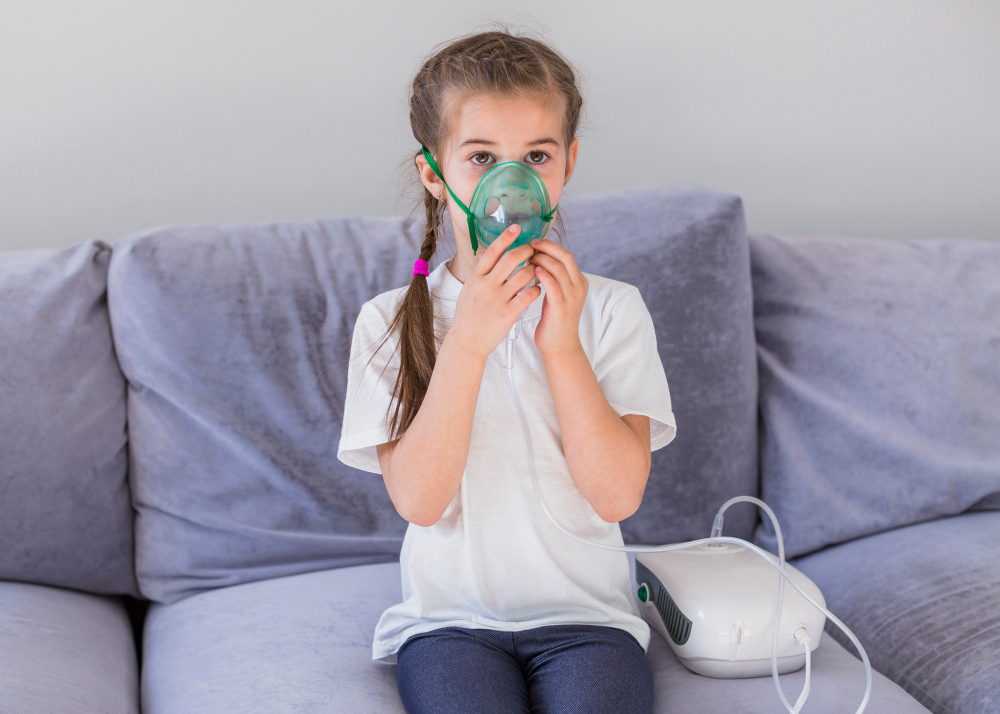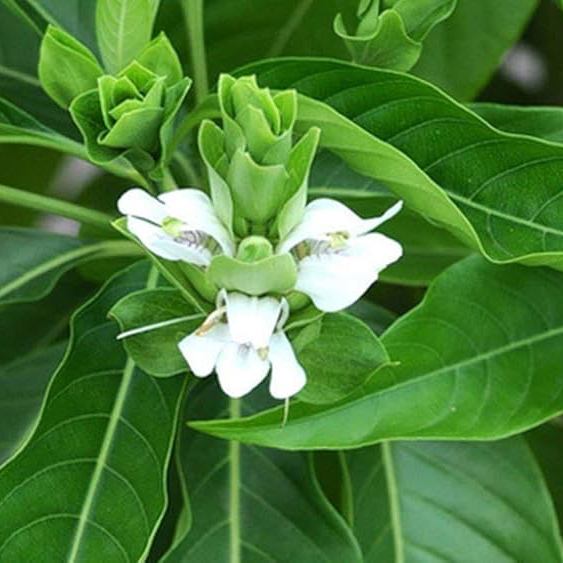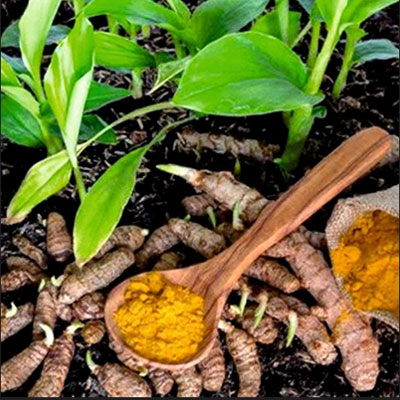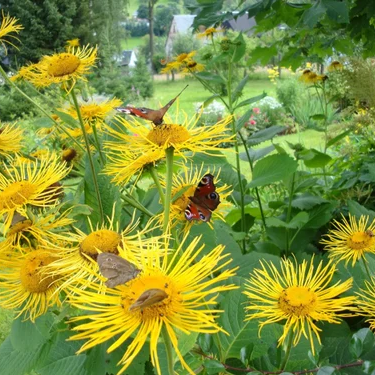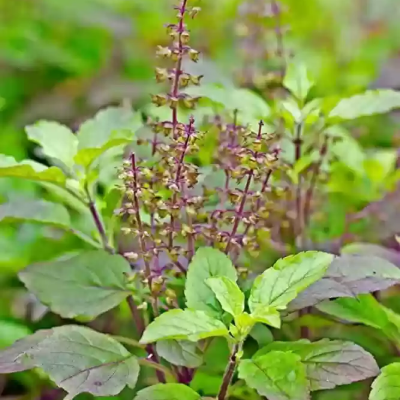What is Childhood Asthma?
Childhood asthma is similar to adult asthma but can present unique challenges due to the rapid growth and development that children experience. Asthma affects the airways in the lungs, making them sensitive and reactive to various triggers. When exposed to these triggers, the airways swell, become inflamed, and constrict, causing breathing difficulties.
Causes of Childhood Asthma
While the exact cause of asthma isn’t known, certain factors increase the risk:
- Genetics: Children with a family history of asthma or allergies are more likely to develop it.
- Environmental Triggers: Exposure to allergens like dust mites, pet dander, mold, pollen, and cigarette smoke.
- Respiratory Infections: Viral infections, especially during infancy, can increase the risk.
- Allergies: Allergic rhinitis or eczema in early childhood can increase the likelihood of asthma.
- Premature Birth: Children born prematurely, especially those with underdeveloped lungs, are at higher risk.
- Exposure to Pollution or Chemicals: Air pollution and exposure to chemicals can contribute to asthma.
Signs and Symptoms of Childhood Asthma
Childhood asthma symptoms can vary from mild to severe and may include:
- Frequent Coughing: Often worsens at night or early morning.
- Wheezing: A high-pitched, whistling sound when breathing, especially during exhalation.
- Shortness of Breath: Difficulty breathing, especially during physical activities.
- Chest Tightness or Pain: Children may complain of their chest feeling tight or heavy.
- Fatigue: Due to reduced oxygen levels and poor-quality sleep, children may feel more tired or fatigued.
- Difficulty Sleeping: Persistent cough and shortness of breath at night can disrupt sleep.
How does Childhood Asthma impact Childhood development ?
Asthma can have a range of developmental impacts:
Growth and Physical Health:
Asthma medications, especially corticosteroids, can sometimes affect growth, though the effect is generally minimal with controlled asthma.
Reduced Exercise Capacity:
Children with asthma may avoid physical activity due to fear of triggering symptoms, which can impact their physical fitness and motor skill development.
Sleep Disturbances:
Asthma symptoms can lead to sleep disturbances, which can affect cognitive development, focus, and emotional regulation.
Prevention of Childhood Asthma
While not all cases of childhood asthma can be prevented, some steps can help reduce the risk or minimize symptoms:
- Avoid Allergens: Identify and reduce exposure to allergens like dust mites, pet dander, and pollen. Regular cleaning and using hypoallergenic bedding can help.
- Reduce Exposure to Smoke and Pollution: Avoid smoking around the child, and try to limit exposure to pollutants both indoors and outdoors.
- Control Respiratory Infections: Since respiratory infections can trigger asthma, practicing good hygiene and keeping up-to-date on vaccines (such as the flu vaccine) can help.
- Maintain a Healthy Weight: Obesity can worsen asthma symptoms, so a healthy diet and regular physical activity are important.
- Minimize Exposure to Chemical Fumes and Strong Odours: Avoid strong-smelling cleaning products, paints, and perfumes that might irritate the airways.
- Encourage Breastfeeding: Breastfeeding has been shown to reduce the risk of respiratory issues, which may help lower the likelihood of asthma.
Ayurvedic Perspective of Childhood Asthma (Tamaka Shwas)
In Ayurveda, childhood asthma is seen as a type of Shwas Roga (respiratory disorder), specifically called Tamaka Shwas. This condition is mainly associated with an imbalance of the Vata and Kapha doshas, which disrupts the function of the lungs and respiratory channels. Ayurveda aims to manage childhood asthma by balancing the doshas, strengthening respiratory health, improving immunity, and removing toxins (Ama) from the body.
Ayurvedic Treatment for Childhood Asthma:
Dietary Modifications:
- Avoid cold, heavy, and Kapha-aggravating foods like dairy, fried items, and sweets.
- Include warm, light, and easily digestible foods like soups, ginger, turmeric, and garlic.
- Use honey to reduce Kapha and soothe the respiratory tract.
Panchakarma Therapies:
- Nasya: Administering medicated oils through the nasal route to clear the respiratory tract.
- Vamana (Therapeutic Vomiting): Helps expel excess Kapha from the chest (not suitable for very young children; use under expert guidance).
- Dhoopana: Fumigation with herbs like Guggulu to purify the airways.
Herbs useful in Childhood Asthma
Vasa (Adhatoda vasica):
Useful for clearing mucus and relieving breathing difficulty
Haridra (Turmeric):
Anti-inflammatory and supports lung health.
Pushkarmoola (Inula racemosa):
Effective for relieving bronchial spasms.
Tulsi (Holy Basil):
Enhances respiratory function and reduces Kapha.
Pippali (Long Pepper):
Strengthens lung function and clears mucus.
Home Remedies:
- Mix 1 tsp of honey with 1/4 tsp of ginger juice and give it to the child once daily.
- Boil tulsi leaves, black pepper, and ginger in water, strain, and give it as a warm drink.
- Massage the chest with warm sesame oil infused with camphor to relieve congestion.
Preventive Measures
- Strengthen immunity by including Chyawanprash in the child’s diet.
- Ensure adequate rest and stress management.
- Maintain a Kapha-pacifying routine, especially during colder seasons.
Lifestyle Changes:
- Encourage moderate physical activities like yoga and pranayama to strengthen lungs and improve oxygen capacity.
- Avoid exposure to cold air, dust, and allergens.
- Keep the child's environment clean and free from smoke or strong odours.


